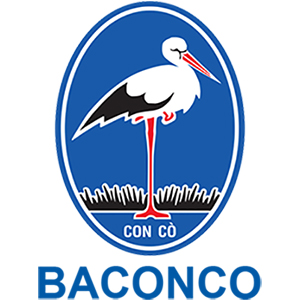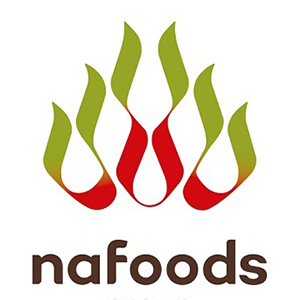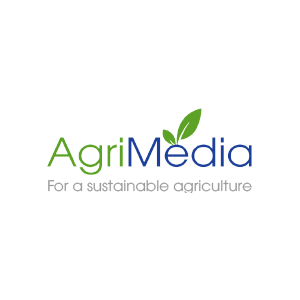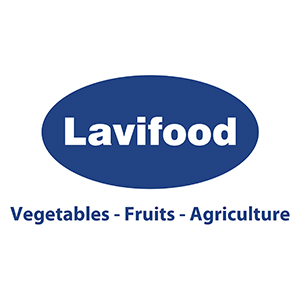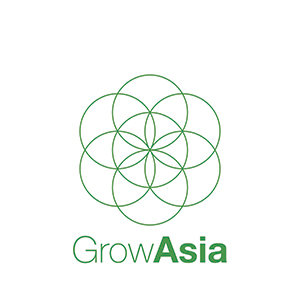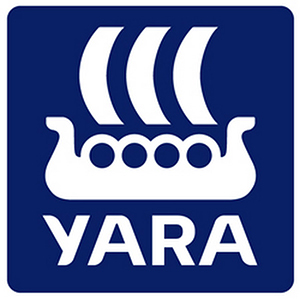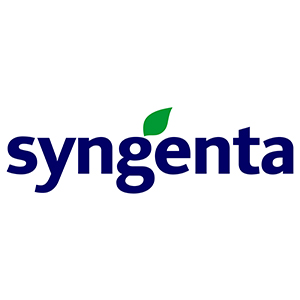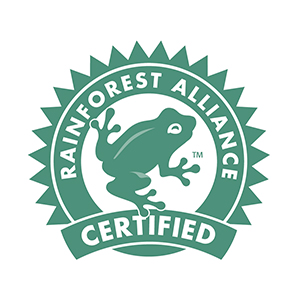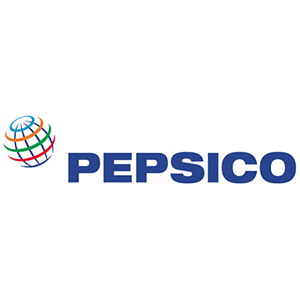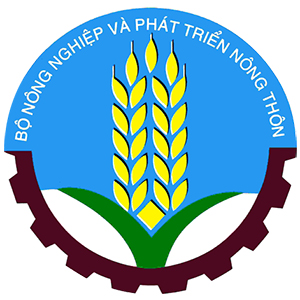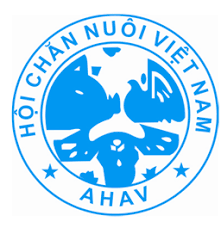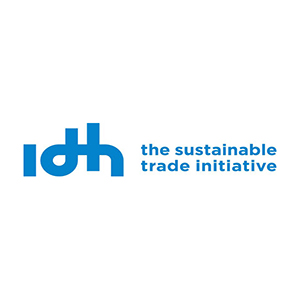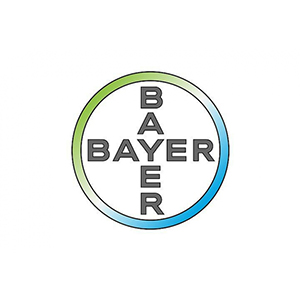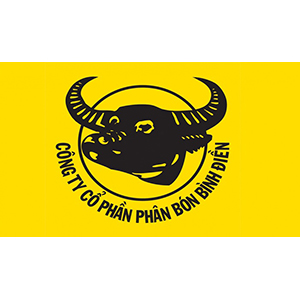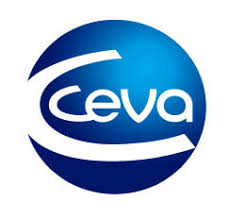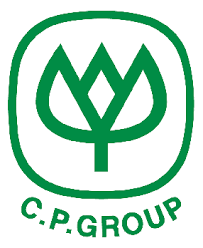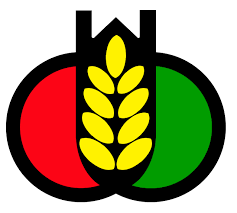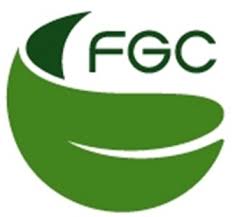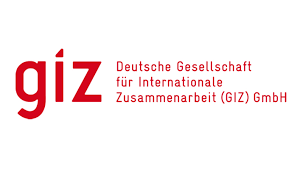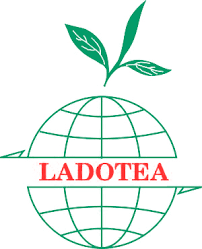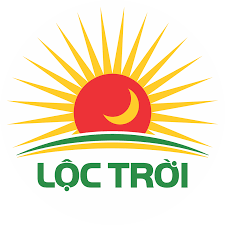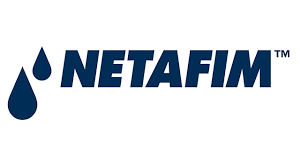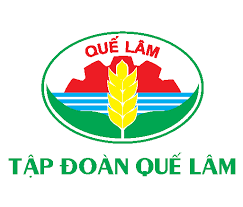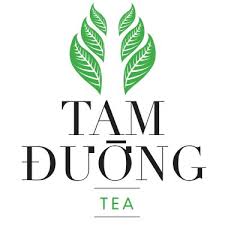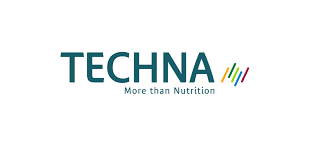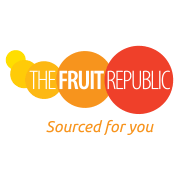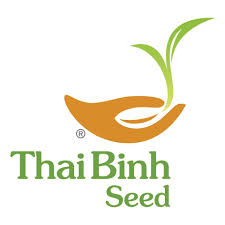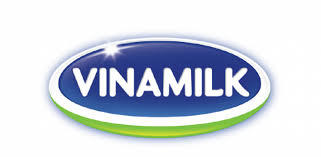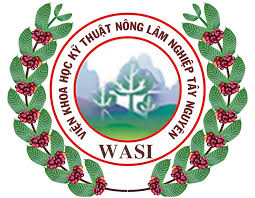- Giới thiệu
- Nhóm Công tác
- Tin tức
- Thông tin về FTA
- Tài Liệu
- Sự kiện
- Liên hệ
Vietnam: Aspiring to become a global food powerhouse in the 21st century
Vietnam aims to put agriculture on a green, low-emissions trajectory to realize the country's carbon neutrality commitment by 2050.
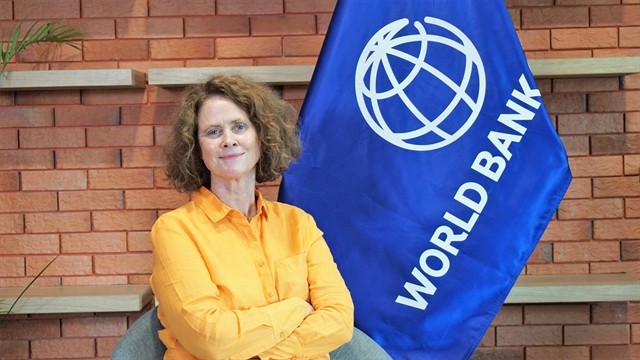
Carolyn Turk, Country Director for the World Bank in Việt Nam
Agriculture in Vietnam has always been a pioneer in the Doi Moi process and a success story. It has significantly contributed to Vietnam’s remarkable success in poverty reduction and food security. As Vietnam’s agriculture becomes more globally integrated, the country aims to put the sector on a green, low-carbon trajectory to meet the net-zero level commitment by 2050.
That vision will also help Vietnam to lower costs, consume fewer inputs and resources, and create a multi-value integration, thereby affirming the country’s status as a powerhouse in ecological agriculture and carbon neutrality. It will also help to position Vietnam as a Transparent - Responsible - Sustainable food supplier.
The world's model of agricultural growth
The early years of the 21st century are a turning point for the food system in Vietnam. It started from one of the poorest countries in the late 1980s - early 1990s with 60% of the population living below the poverty line. Thanks to the Party and the State's Reform ("Doi Moi") decision, transforming from a subsidized planned economy to a socialist-oriented market economy with diversified economic sectors and unlocking agricultural resources through the Land Law in 1993. Vietnam had fundamentally reduced poverty and balanced food supply and demand by 2000. Subsequently, with the introduction of active international integration policies, accession to the WTO and the signing of 17 Free Trade Agreements, Vietnam's agri-product supply and distribution system has become increasingly linked with global markets.
Vietnam has not only ensured its domestic food security but also become an important contributor to global food security. Vietnam exports more than 6 million tons of rice per year, or nearly 10% of total global rice exports, and ranks as the third largest rice exporter in the world, after India and Thailand. By quantity, Vietnam is the leading exporter of cashew nuts and pepper, and the second largest exporter of coffee after Brazil
Vietnam's total emission today. It is estimated to reach over 120 million metric tons of CO2 equivalent by 2030. In a business-as-usual scenario, half of the emission willcome from rice production. Intensive use of inputs has also raised concerns about food quality and safety
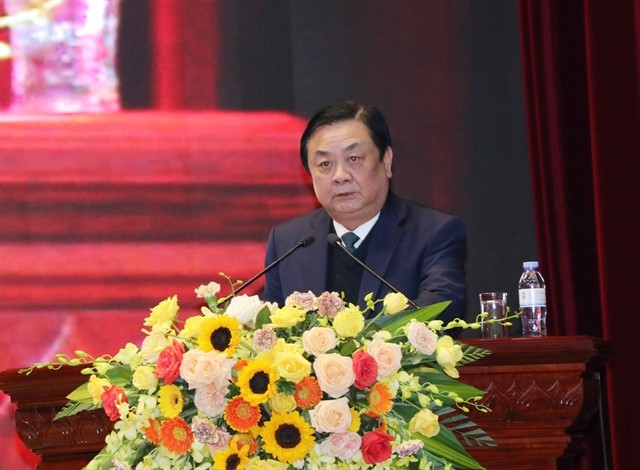
Lê Minh Hoan, Minister of Agriculture and Rural Development
Vietnam’s agricultural production and exports need to become greener, more humanitarian and more reliable
It is obvious that the momentum of agricultural growth will be squeezed if Vietnam continues to rely on the volume-based growth model in agriculture, which depends on the intensive use of chemical inputs and cheap labor. Agriculture and rural areas need to be further transformed with greater aspiration and a more evidence-based and sustainable approach.
The 13th Party Congress opened a new direction with the strategic goal of "Ecological agriculture - Vibrant countryside- Innovative farmers". Vietnam's agriculture has another chance to address most of the difficulties and challenges affecting the sector, creating a jump in the transition to become a "Transparent – Responsible – Sustainable" food producer and supplier, as stated by President Nguyen Xuan Phuc at the United Nations Food System Summit in September 2021. In addition, the transition contributes to the commitment of becoming a carbon-neutral country by 2050, as affirmed by Vietnam’s Prime Minister at COP26.
Vietnam's agriculture not only feeds 100 million Vietnamese people but also stands among the top 15 leading agricultural exporters in the world, reaching markets in over 190 countries and territories. Consumers demand higher quality, safer, more nutritious and more accessible agri-products. Vietnam’s agricultural production and exports need to become greener, more humanitarian and more reliable. New markets require agricultural production conducted in a responsible manner to consumers and environmental sustainability to the globe. On the contrary, the market also requires customers to be responsible for producers. They must be treated fairly and safely in work, living environment and social policy. Moreover, Viet Nam's agriculture has to show stronger accountability to the international community, especially in terms of resource conservation, biodiversity, emission reduction and climate change response.
Vietnam’s agriculture and rural areas need to transform progressively to capture opportunities, integrate and develop along with the 4.0 Industrial Revolution. Development thinking needs to shift from agricultural production to agribusiness; from the productivity- and volume-driven approach to the value-centered approach through integrating different value systems into the products; from resource extraction to resource enrichment in order to promote sustainable production; from self-sufficiency to integration into the flow of value chains and global development trends
Innovative Thinking - Joint Action
Possessing strategic geo-economic advantages, a complete and connected transport infrastructure including domestic and inter-national waterways, railways and roads, along with strengthening governance capacity and digital transformation, Vietnam could also become an agri-food logistics center in the Asia-Pacific region, and an agro-processing center for Southeast Asia, minimizing the instability of the global agri-food supply chain in the future and offsetting the supply-demand imbalance in the global agrifood market and its impacts on farmers and consumers in Vietnam, in the region and the globe.
To transform itself, Vietnam’s agriculture cannot stand alone. The sector needs the companionship and support of other ministries, central and local agencies, international and domestic organizations, communities and individuals. It is important to promote ownership and engagement of farmers, women, youth and the whole community. It is essential to implement comprehensive and robust strategic solutions to improve the governance capacity of cooperatives, small and medium enterprises in rural areas, and engage farmers, especially the youth, in agricultural production. Farmers need long-term and equitable access to resources, especially land, and special attention must be paid to vulnerable groups such as the poor, smallholding farmers, ethnic minorities, women and young people.
Tin liên quan
VIETRISA is responsible for certifying the National rice brand2024/04/08
1 million hectares of high-quality rice project: Large fiscal space for businesses2024/04/03
Research and selection of climate resilient crop varieties2024/03/23
Over 29,000 hectares of rice in the Mekong Delta are at risk of saline intrusion2024/03/11
Thailand expects Vietnam to impart its agriculture chain development expertise2024/02/23



 Điều lệ hoạt động
Điều lệ hoạt động
